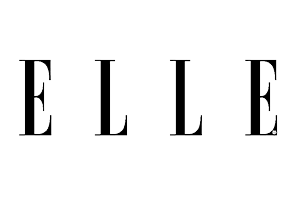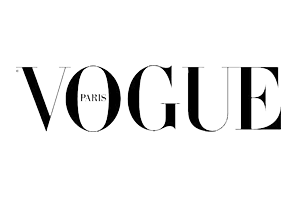The Key Reasons People Seek Revision Surgery | Beverly Hills Plastic Surgery, Inc.
November 30th, 2016 | Posted in: Breast Reconstruction, Gynecomastia Treatments, Rhinoplasty, Uncategorized |
Why Patients Get Revision Surgery
There are many reasons why patients seek out different types of revision surgery, which range from health problems to not being happy with the results of their original surgery. In other cases, revision surgery is sought out as a means of upkeep; as not all surgery results are meant to last a lifetime.
Here’s a quick look at some of the most common reasons for different types of revision surgeries and how a revision surgery can benefit you.
Breast Revision
Breast augmentation rarely has complications that require a revision surgery. However, it is important to remember that breast implants are not meant to last a lifetime. This means that even if you never experience any complications after your initial surgery, you may still have to undergo a secondary procedure. This is perfectly normal and typically takes place several years after your breast enhancement procedure.
The following are some of the more common reasons patients have breast revision surgery:
• Implant rupture—an implant rupture occurs when the integrity of the implant shell has been compromised and the substance from inside the implant begins to leak. A saline implant rupture is immediately noticeable as your breast will appear deflated. Silicone implants will leak slower, and ruptures must be identified through an MRI. The simple solution for this is implant replacement.
• Capsular contracture—after breast augmentation, a thin layer of scar tissue naturally forms around the breast implant during the healing process. In some cases, this scar tissue can harden and begin to contract around the implant. If this occurs, the implants are squeezed and will feel hard. In severe cases, capsular contracture can be painful. The revision surgery for this is either a capsulectomy (the implant is completely removed from the breast pocket and all scar tissue is excised) or a capsulotomy (an incision is created in the scar tissue to release pressure).
• Size dissatisfaction—if your breasts are still too small or are now too large following your breast augmentation, you can choose to adjust the size of your implants by replacing poorly sized ones for an implant size that better suits your body’s frame and your aesthetic goals.
• Enlarged areolas—women with naturally large areolas or whose areolas have increased in size since their breast augmentation may feel that their areola appearance affects the look of their breasts. Decreasing the size of the areolas can help create a more balance and attractive appearance. This can be done through an areola reduction, where excess tissue is trimmed away to reshape the areolas.
• Implant movement—implants that move laterally or medially can affect the appearance of your breasts. The movement of your implants can be caused by weak breast pockets that don’t properly hold the implants in place. Revision surgery to fix this problem is known as capsulorrhaphy (the capsule around the breast implant is tightened to create a more secure breast pocket that prevents implant movement).
Gynecomastia Revision
The appearance of oversized male breasts is a condition that can affect men of all ages. To correct this problem and improve their sense of well-being, many men undergo gynecomastia surgery. However, due to genetics, diet, or use of certain medications and drugs, some men eventually gain back their enlarged breasts.
Common reasons men decide to undergo gynecomastia revision surgery are:
• The initial surgery employed only liposuction, which didn’t reduce the breast gland tissue
• Both male breast gland and liposuction procedures were performed, but in too conservative a manner, leaving a prominent gynecomastia breast mound
• An overly aggressive surgical removal left a depression or crater deformity
• Stubborn sagging skin requires further refinement
• The area around the armpit was not adequately treated
Rhinoplasty Revision
Rhinoplasty is a popular surgical procedure that can change a person’s facial appearance, and the way they feel about themselves. Occasionally, however, patients will go on to have further surgical procedures on their nose.
The top 4 reasons for revision rhinoplasty include:
• Breathing difficulties—if the primary procedure doesn’t go well, it can cause breathing difficulties. This may be due to the altered structure of the nose creating an obstruction to the nasal airways.
• A nose that’s too wide or too thin—after the procedure, the patient may feel that their nose has been thinned or fattened too much. In this case, another rhinoplasty will be needed to reduce the affect of the initial operation, and give the balanced look the patient is looking for.
• Continued unhappiness—if the original procedure doesn’t hit the patient’s target, they may seek another rhinoplasty to make more corrections and amendments.
• Botched rhinoplasty—if a rhinoplasty is botched, it can lead to a person’s facial appearance looking much worse, rather than better. Remedial surgery can rectify the faults caused by a botched operation.
Consult with Dr. Chiu
If you live in the Beverly Hills area and you are looking at getting some form of revision surgery, then you should book a consultation with Dr. Gabriel Chiu. As one of the top plastic surgeons in the Beverly Hills area, Dr. Chiu will happily take the time to discuss and answer any questions that you might have about your desired revision procedure.









































